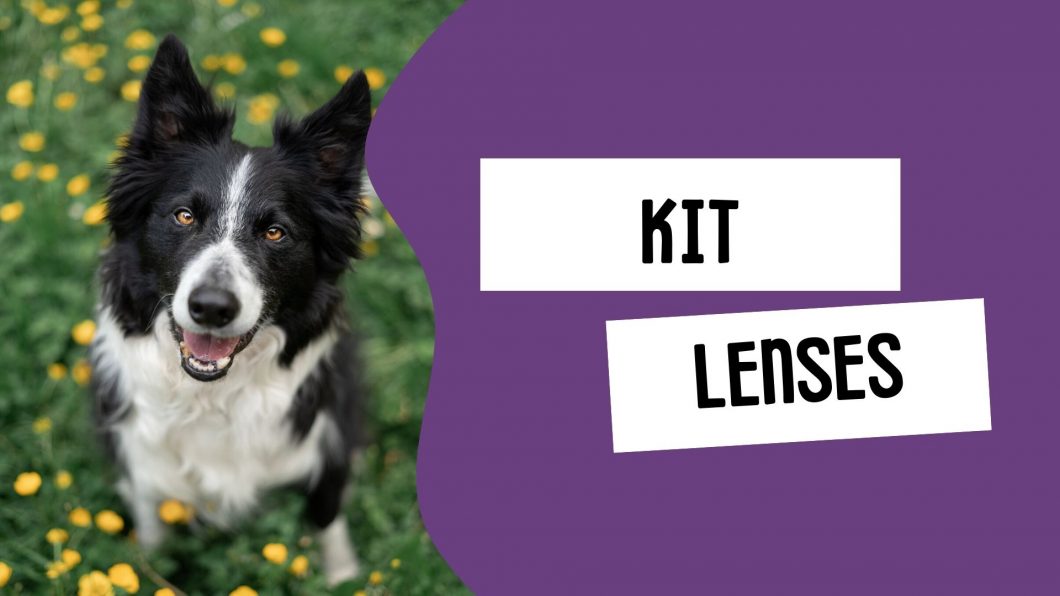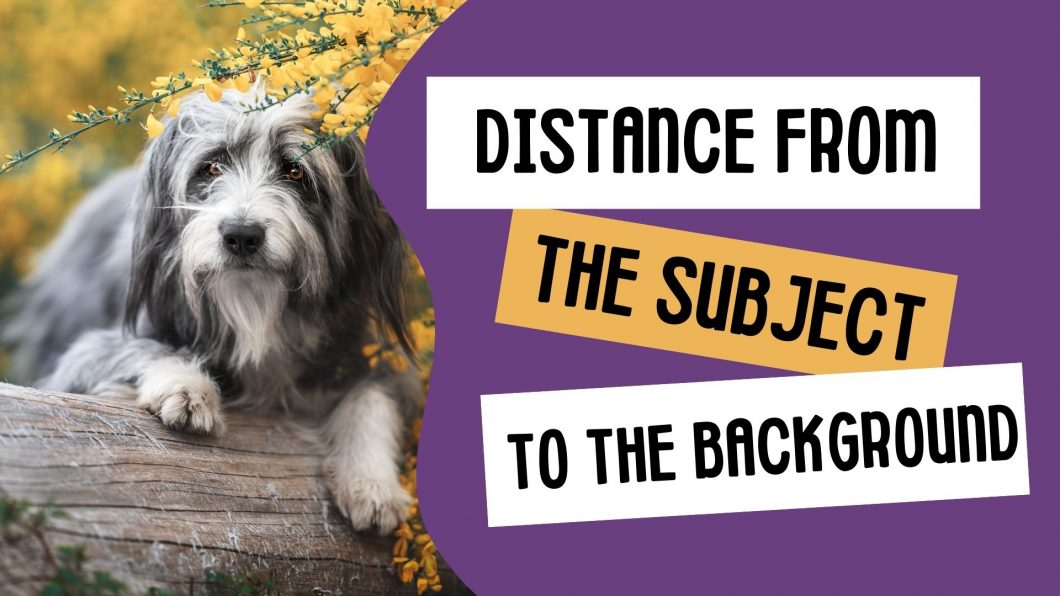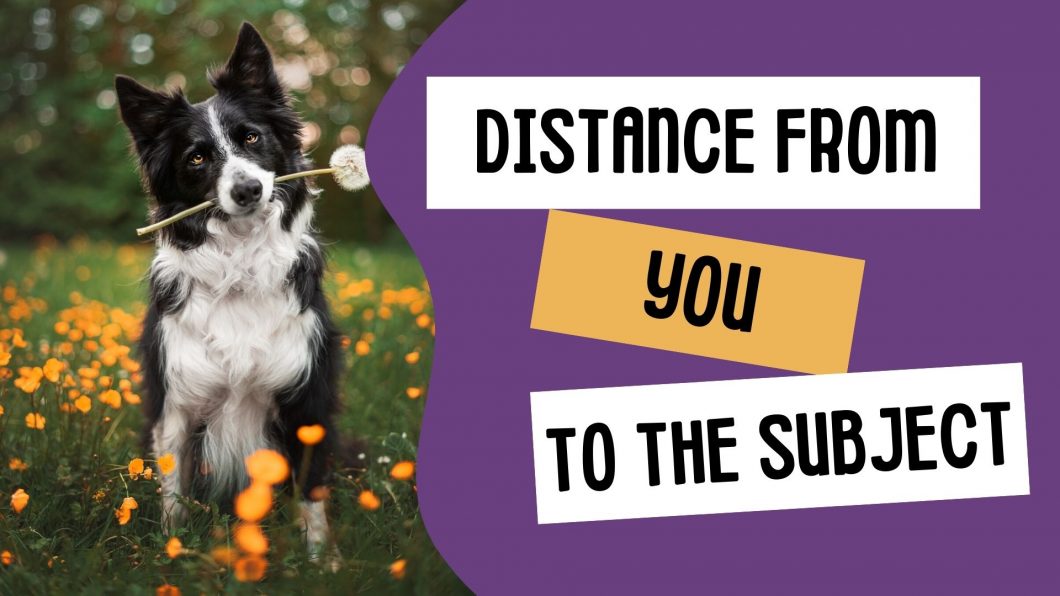Open to access this content
Archivesdepth of field
Zooming in… Zooming out
Open to access this content
QU: I only have a “kit lens”! Does that mean I can’t get blurry backgrounds?
Open to access this content
Distance from the subject to the background
Open to access this content
Distance from you to the subject
Open to access this content






